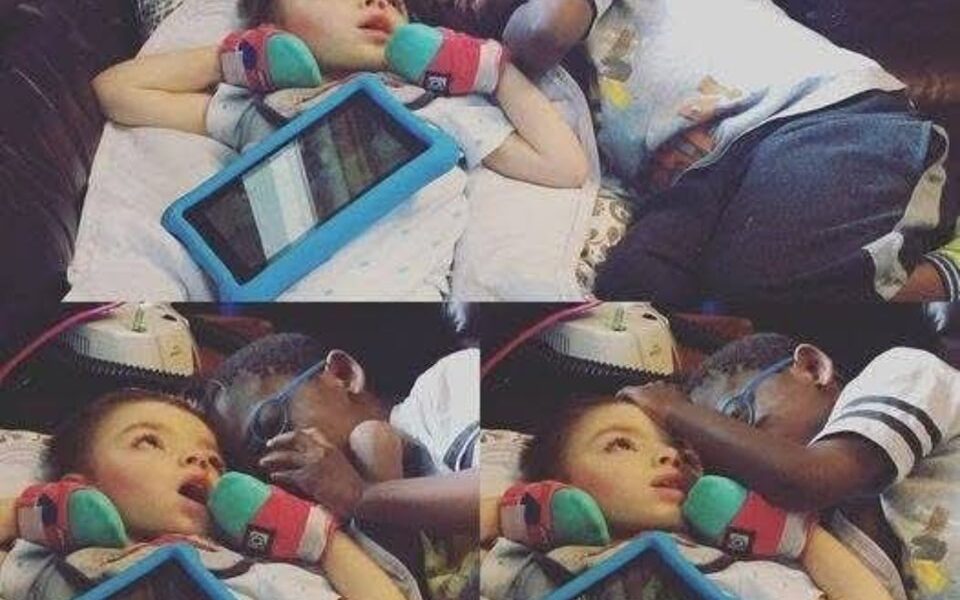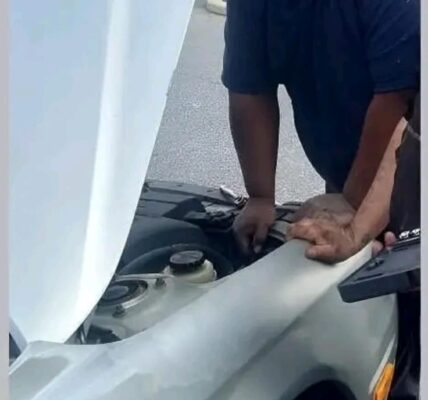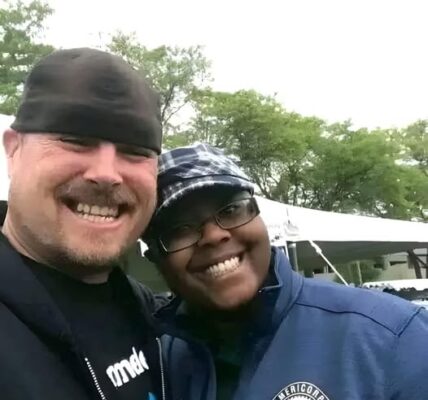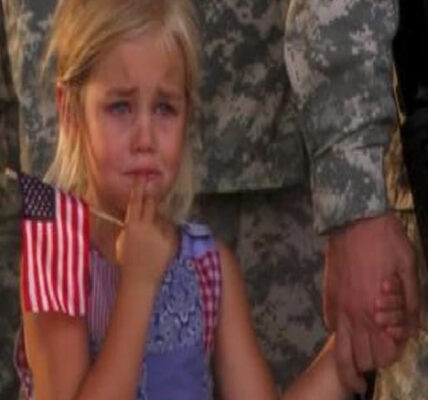
These two little boys in the photo? They’re my sons.
The older one, Aaron, is seven.
He came into our lives as a foster baby—born too early, exposed to substances, tiny and fragile.
But from the moment I held him, I knew.
This wasn’t just temporary care.
This was forever.
We brought him home from the hospital and later adopted him, along with his sister. We still stay connected to their birth mother through an open adoption. Because we believe in honoring every part of a child’s story—including where they came from.
The younger one, sitting beside Aaron, is Solomon.
He’s three years old and a miracle in every way.
We brought him home from a hospital in Florida, knowing that his life would look different from most. He was born with a rare brain condition called Schizencephaly—he has only about half of his brain. He can’t talk or walk. He eats through a feeding tube. He battles seizures. His doctors said his life would be short.
But oh, what a life it is.
Solomon may not speak, but he has the loudest presence in any room. His eyes light up when he sees his siblings. His laughter is rare but radiant. And the way Aaron looks at him? It’s like watching love take physical form.
In the photo, you’ll see Aaron handing Solomon his favorite Kindle—no prompting, no request, just an instinct to share. Then, something beautiful happens. They have a conversation.
Not with words.
Not with gestures most of us would even notice.
But with looks, with smiles, with subtle shifts of energy between them.
Two boys, both non-verbal.
Two different stories.
Two different sets of challenges.
And yet, completely in sync.
It’s moments like this that remind me: disability is not inability.
These children—my children—teach me every single day what connection really means.
Over the last 14 years, our family has fostered and adopted children with significant medical needs, severe trauma, and complex disabilities. We have eight children now, and every one of them carries a story that would break your heart… and then piece it back together in the most unexpected ways.
People often say, “I could never do what you do.”
But we’re not heroes.
We’re just a family that said yes.
Yes to the hard.
Yes to the unknown.
Yes to the sacred beauty that lives inside the messiness.
Our life isn’t easy.
It’s filled with hospital visits, sleepless nights, therapy appointments, and tears.
But it’s also filled with grace—so much grace—and more love than I ever knew was possible.
I’m currently writing a book called The Orphan Crisis in America. It’s about the children who fall through the cracks—kids with trauma histories, complex diagnoses, and few options. These kids aren’t burdens. They are not problems to be fixed. They are blessings waiting to be seen.
Solomon may not live a long life by most standards, but the impact he’s made in three years is more than many make in a lifetime.
He’s already changed how we love. How we slow down. How we listen without needing words.
And Aaron? He’s proof that healing is possible. That love can grow in the soil of brokenness and become something unshakable.
Together, they remind me—and now, I hope, remind you—that there are all kinds of conversations.
And sometimes, the most meaningful ones don’t use words at all.
This is what love looks like.
This is what family looks like.
This is what grace in action looks like.




